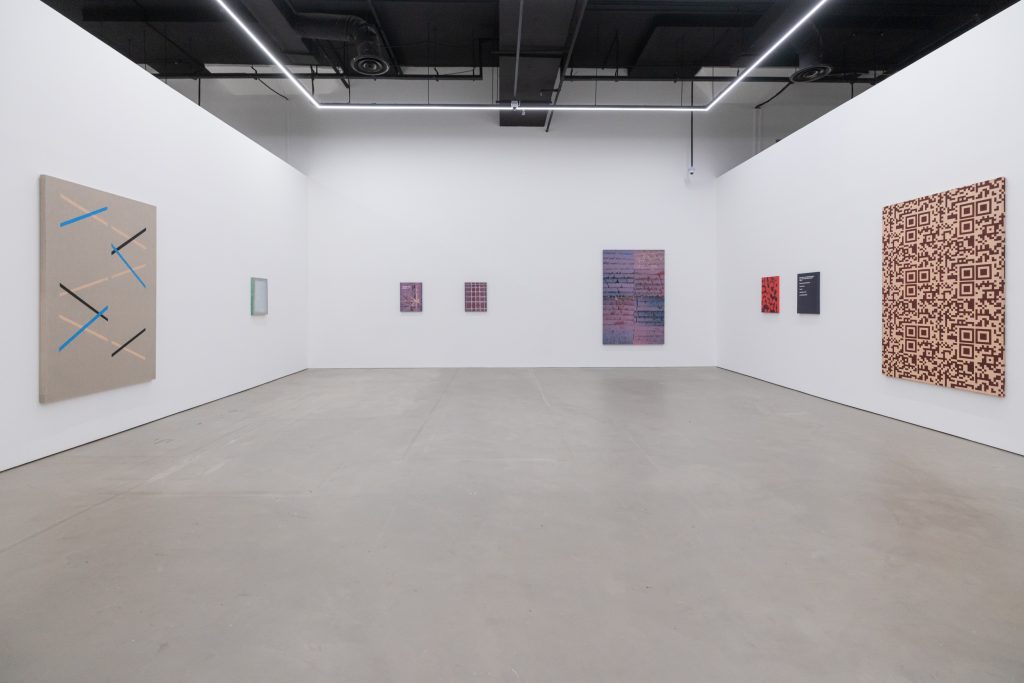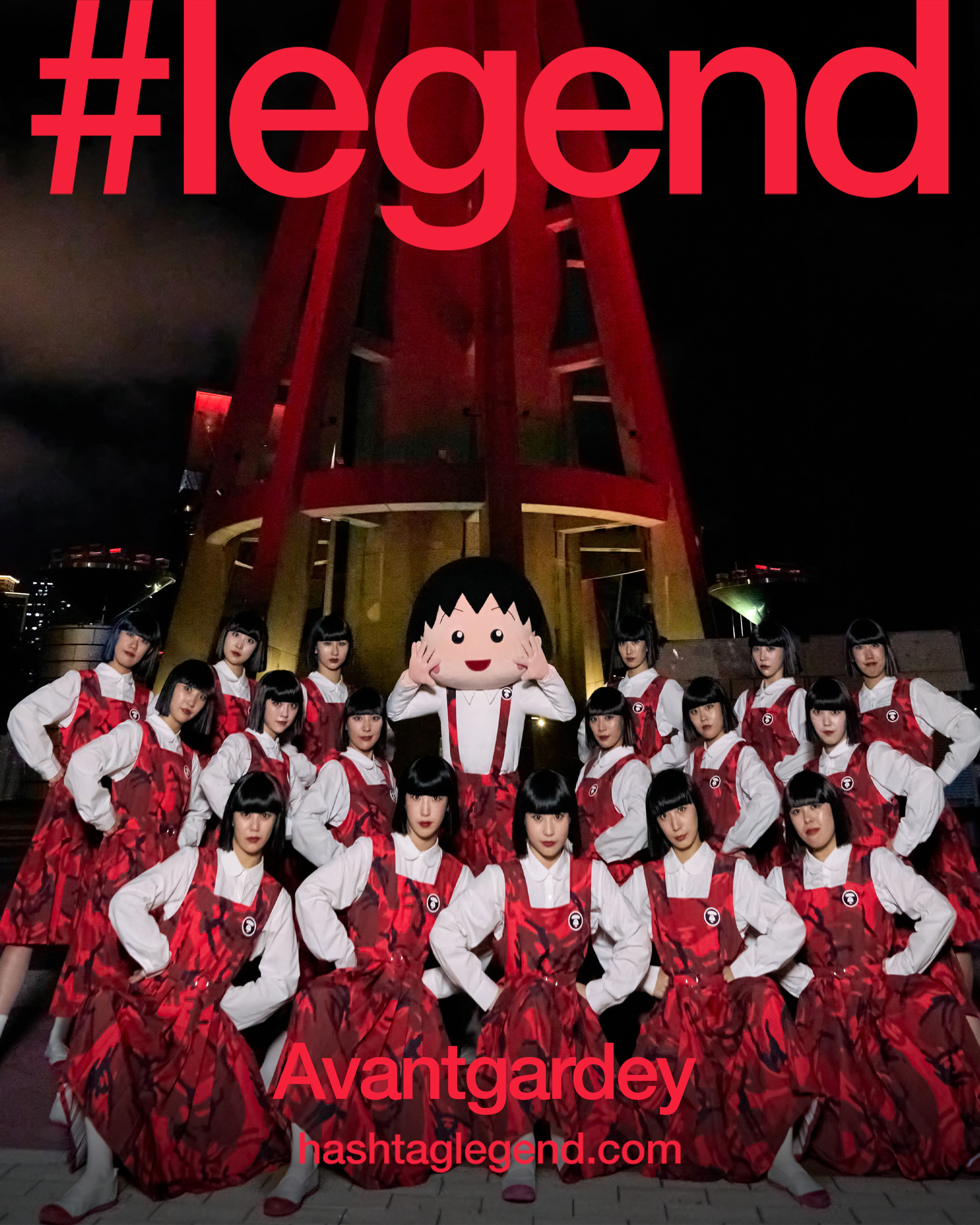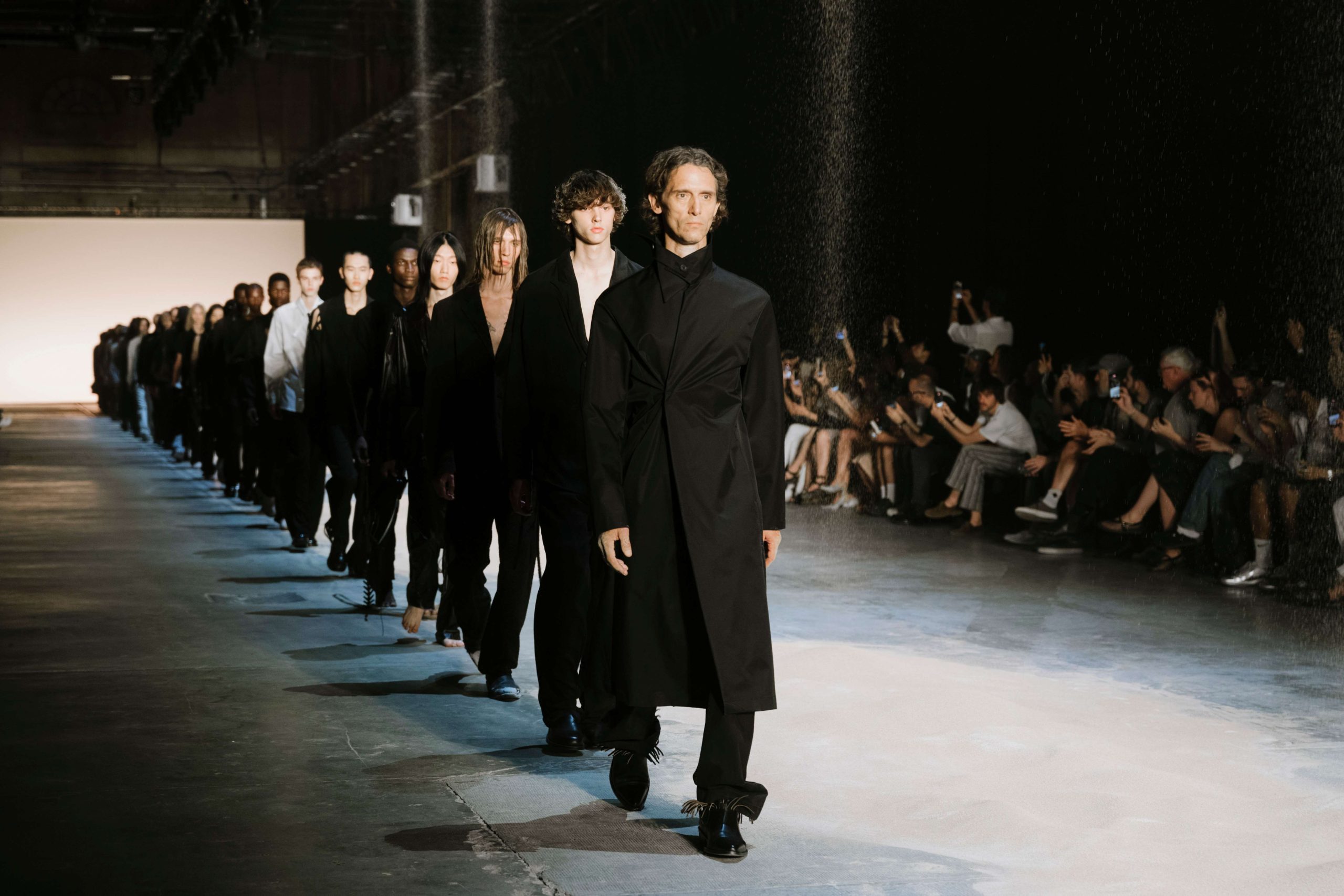Singaporean artist heman chong opens up to dionne bel about exploring language, information systems and daily life in his thought-provoking retrospective at the Singapore Art Museum
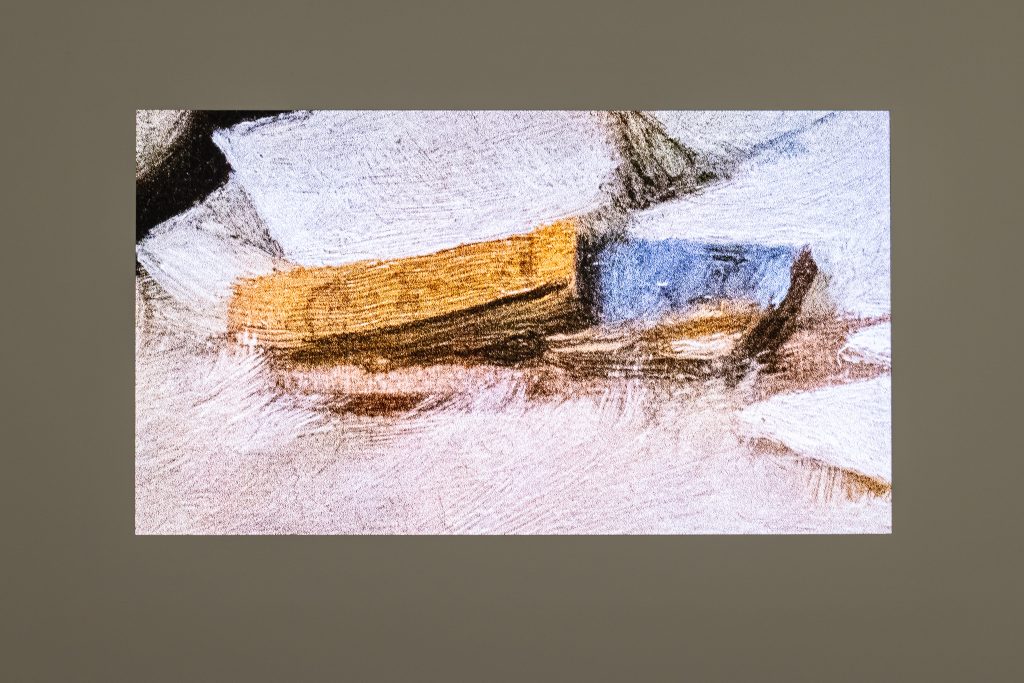
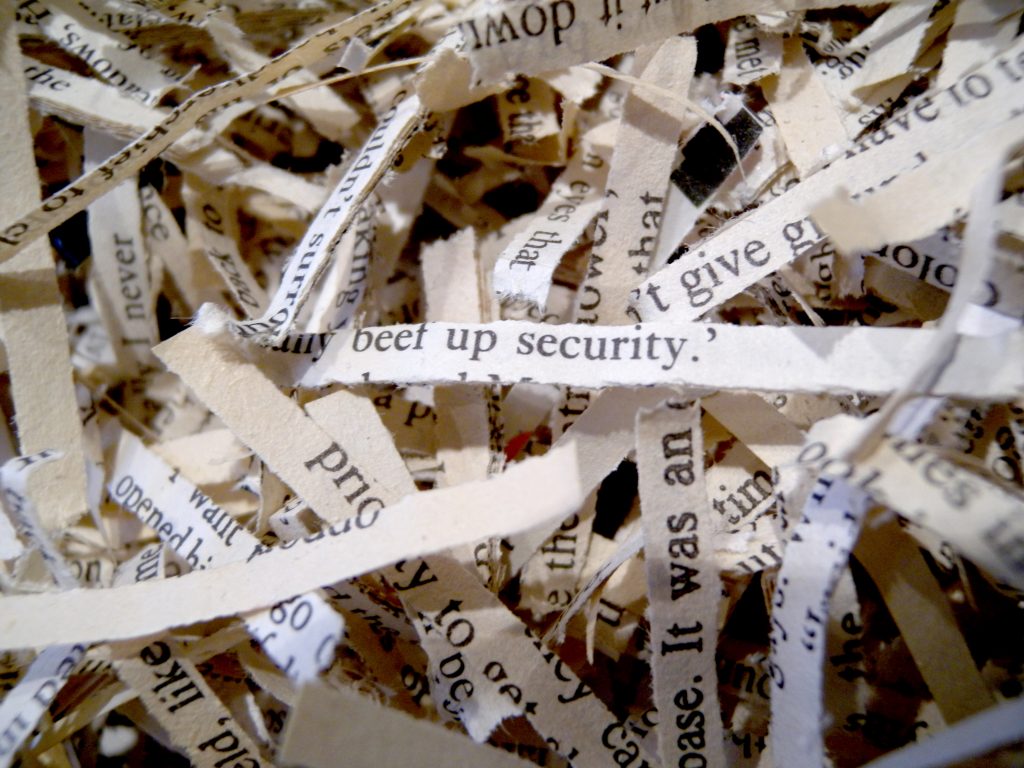
Singaporean artist heman chong doesn’t just make art – he builds worlds from the overlooked, the ordinary, the unfinished and the in-between. Born in Muar, Malaysia, in 1977 and raised in Singapore, he has spent decades crafting a singular practice that slips between mediums: image-making, writing, photography, performance, painting and installation. His practice thrives on observation – of cities, habits, systems and silences – and transforms the everyday into something quietly profound. From the mundane – found objects like calendars, name cards, newspapers and books – his works evolve into layered narratives that interrogate ideas of nationhood, identity and imagination. Whether photographing forgotten corners of Singapore or turning phrases from shredded spy novels into sculpture, his art invites us to pause, read closely and see differently.
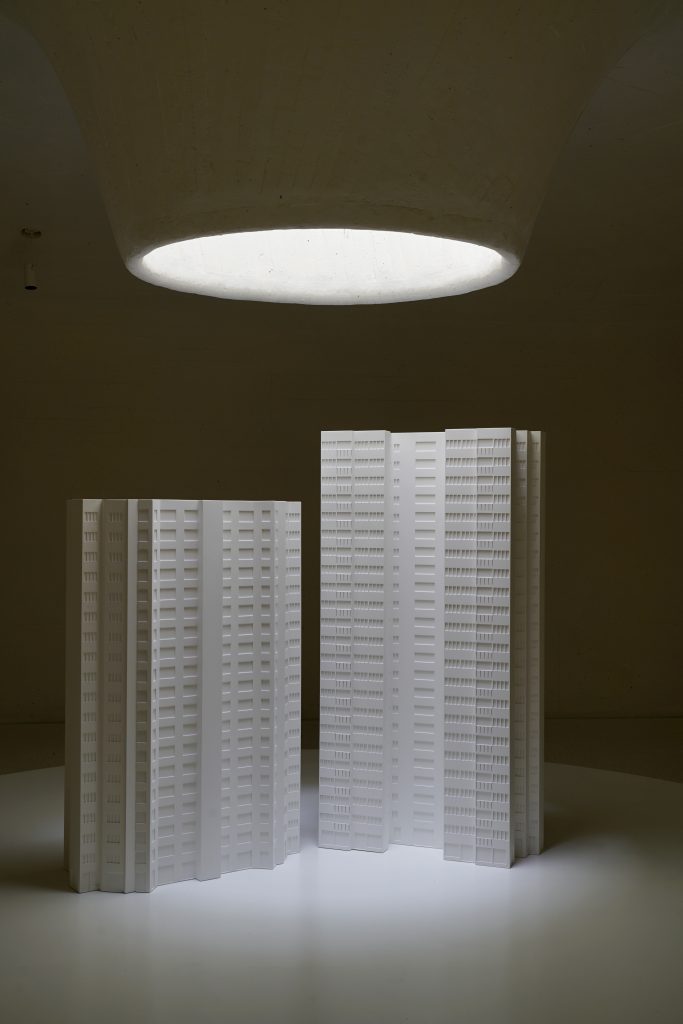
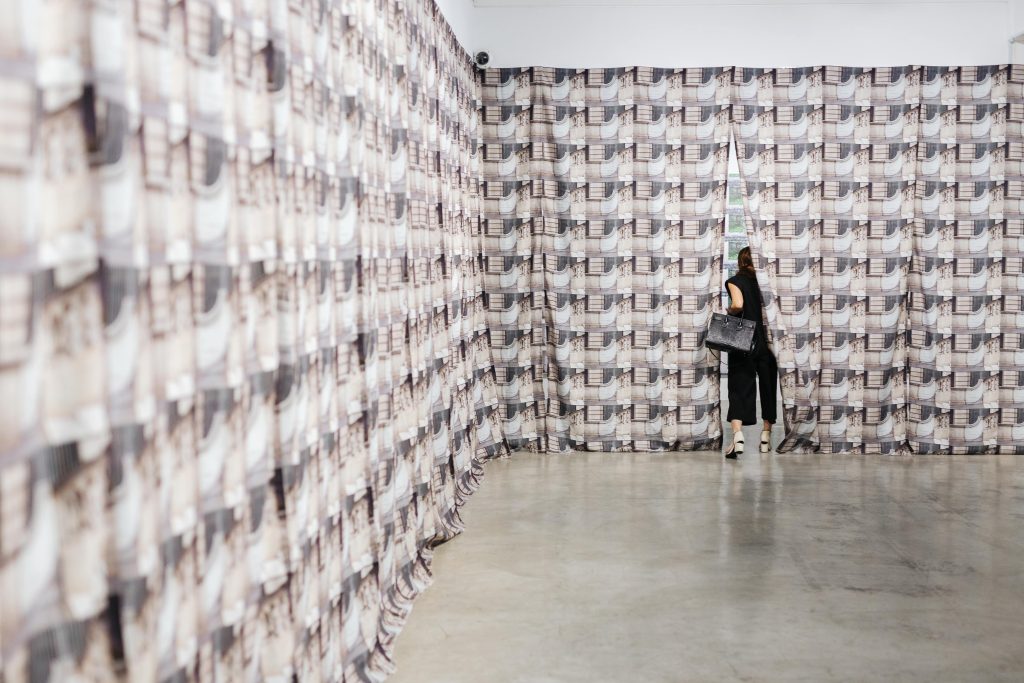
Books, songs and movies are the lifeblood of Chong’s creative process. Each day begins with a piece of unfamiliar music; each month, a novel is fully absorbed. His practice is slow, deliberate and deeply curious, grounded in long walks and open-ended questions. Now, his most ambitious survey show to date, This is a dynamic list and may never be able to satisfy particular standards for completeness, is on display at the Singapore Art Museum. Spanning nine thematic rooms, the exhibition presents 51 works from the early 2000s to the present, including six new commissions. Rooted in his Singapore experience, it offers an in-depth, often humorous journey through his shifting ideas of borders, memory and meaning. In this conversation, he reflects on his methods, philosophies and the art of embracing incompleteness in an ever-changing world.
You’ve built a multifaceted practice spanning image, text, photography, performance, painting, sculpture and installation. How would you describe your creative language and process?
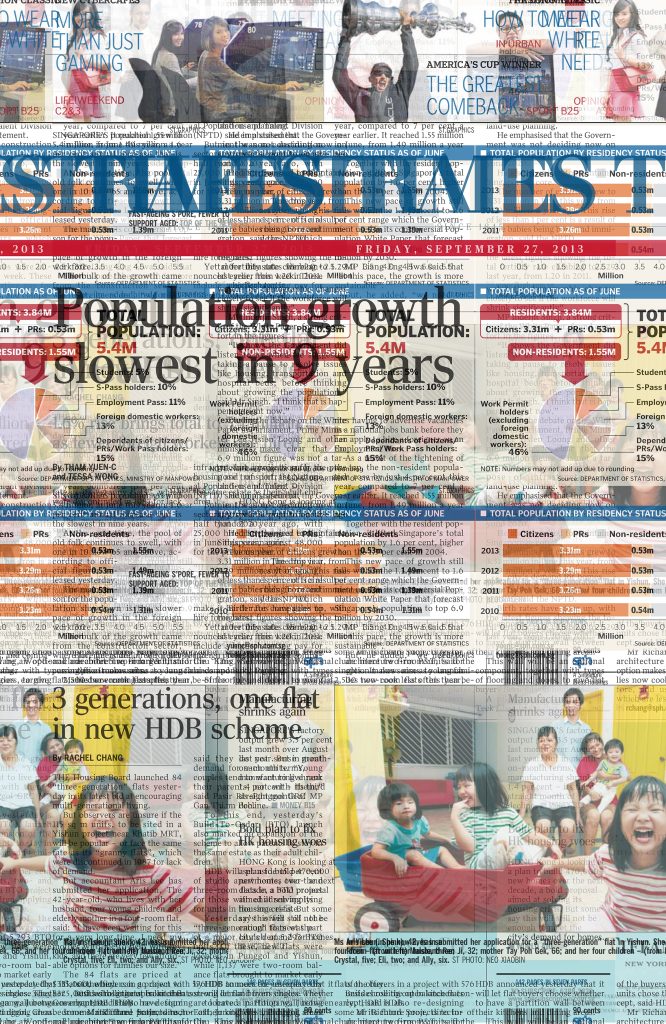
My approach to art making has always been rooted in being first and foremost an observer of the world around us. I take a lot of time to absorb everything that comes my way without discarding anything, and have learned to process everything into possibilities that might point to different ways of reading the world. I often think of my works as ways of making notes about the things in the world and, in turn, allowing someone else to make their own meanings out of the work.
Your current exhibition is titled This is a dynamic list and may never be able to satisfy particular standards for completeness. Why this title, and how does it connect to your practice?
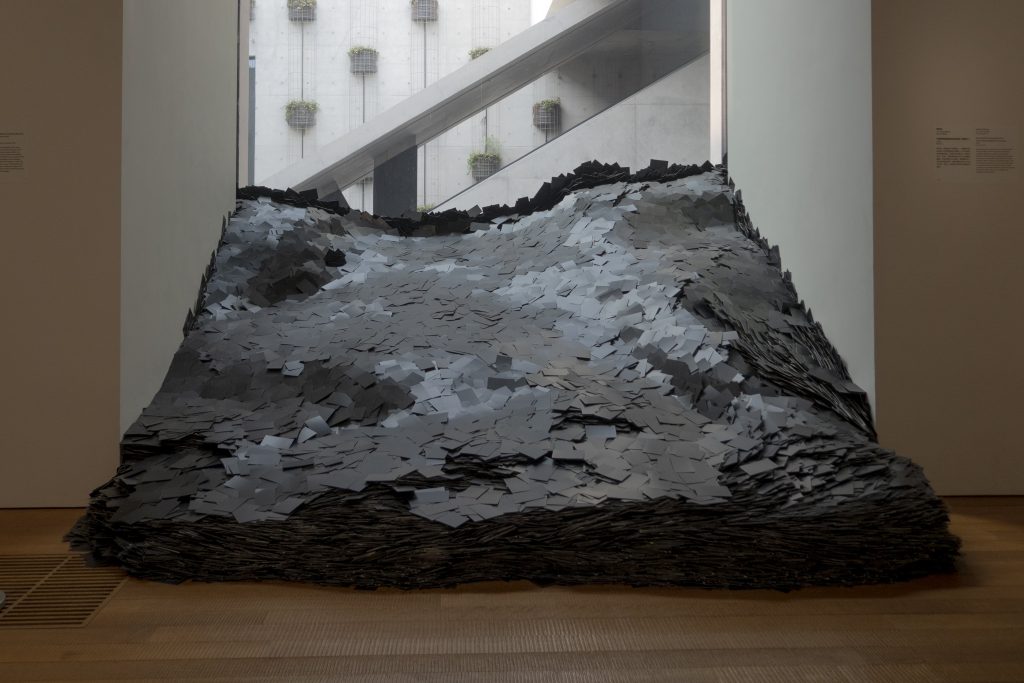
The title of this survey is itself an artwork. I borrowed the phrase from Wikipedia, where it appears on list pages. I feel a connection to it because many of the objects that interest me seem to constantly shift in meaning. Whether we like to accept it or not, the fact is, everything around us is constantly changing on an atomic level. Every moment is different from the next. We can never recreate a moment in time because it is just physically impossible. I think we like to think about stability and consistency and how we all like to feel safe in that cocoon of fiction, but, unfortunately, life is often made up of all these different things thrown at us.
Can you talk about your daily rituals and how they feed your creative practice?
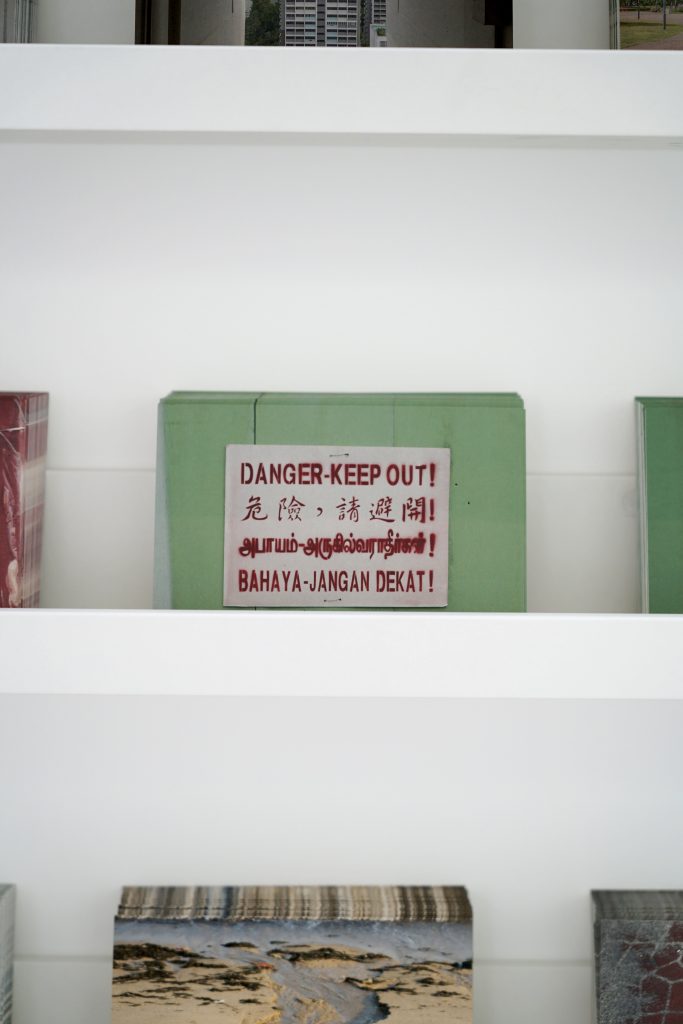
My day begins with listening to a single piece of music that I’ve never listened to (or wanted to listen to). I make sure that I watch a film each week that would expand my ideas of what cinema and narrative are. I focus on reading and thinking about a novel every month, and make sure that I truly absorb that novel. Every year, I spend a month or three in New York to look at art, and to live. And in between all of that, I make a truckload of art, and I walk a lot, like hours a day. Yes, even in the sweltering heat of Singapore.
What role does walking play in your process?
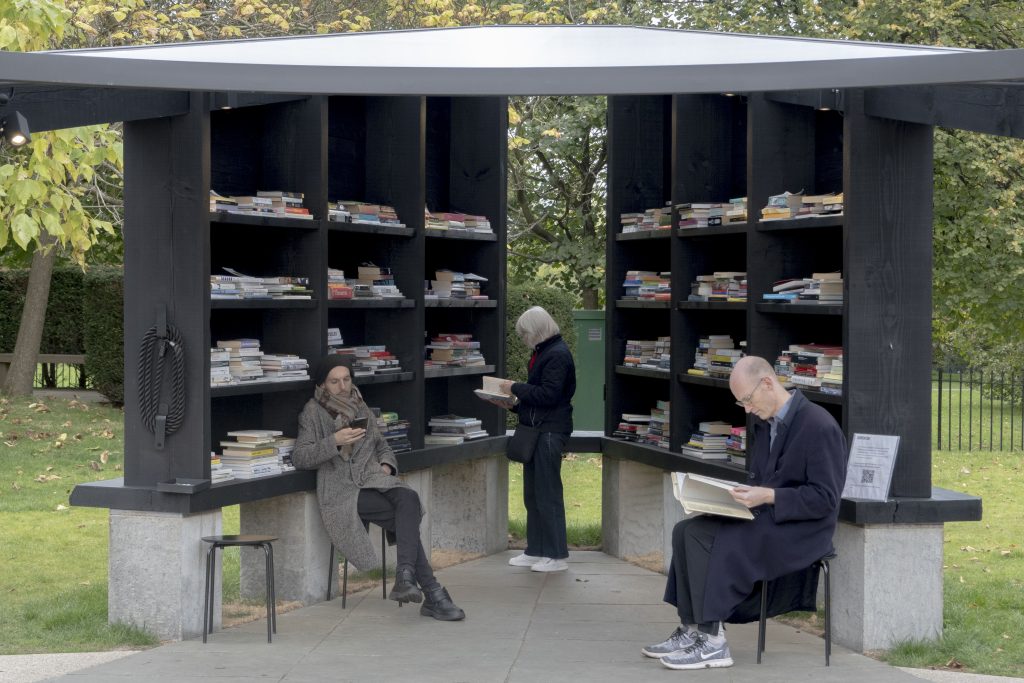
I put on sunscreen, jump into gym clothes, wear a big hat, head out and walk for eight hours without a plan and things seem to always fall into place. A work in my survey show that surfaced out of this process is Perimeter Walk. It consists of 550 postcards featuring images taken by me, as I observed the borders of Singapore by foot for 10 years and captured the various found objects and landscapes along the edges of the country with my camera. The subject matter includes sand walls, ubiquitous signs of surveillance, tents in uninhabited woods, workers resting by the roadside in the afternoon and lush vegetation. Through the exchange and circulation of these postcards, this work functions as a temporary postcard store, where you can buy an artwork for $1. This is important for me – that Singaporeans can obtain an artwork of mine for just $1, and that my work is not only for rich collectors.
What do you see as the role of the artist in society today?
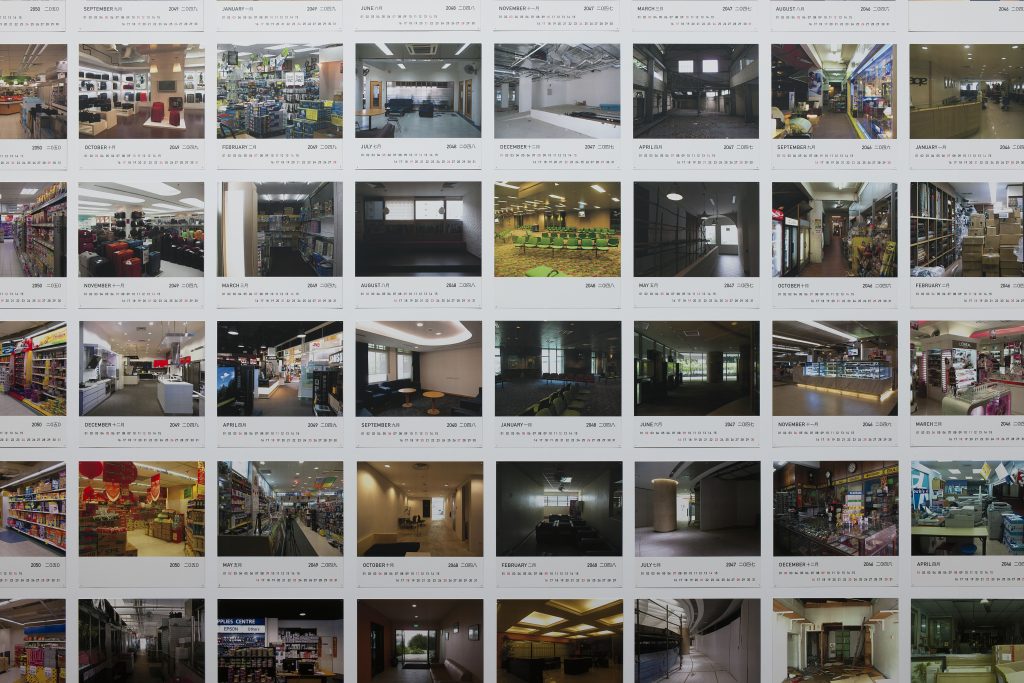
I view my role as an artist as a privileged individual whose job is to – hopefully – think differently from the norm. By offering alternative perspectives, I hope to create more open and meaningful spaces in our society to engage with complex topics such as inequality, identity, aesthetics, existential questions and community.


